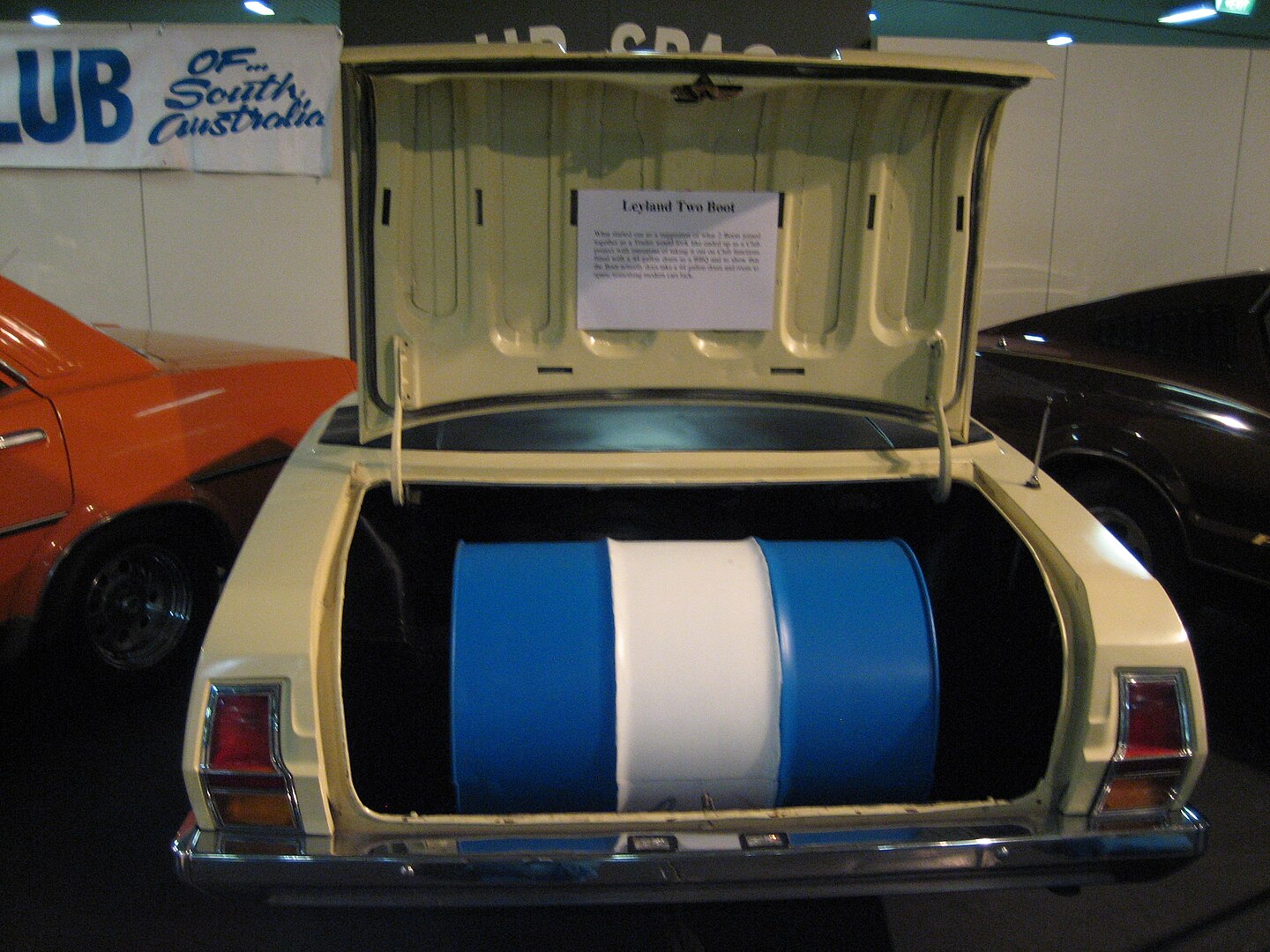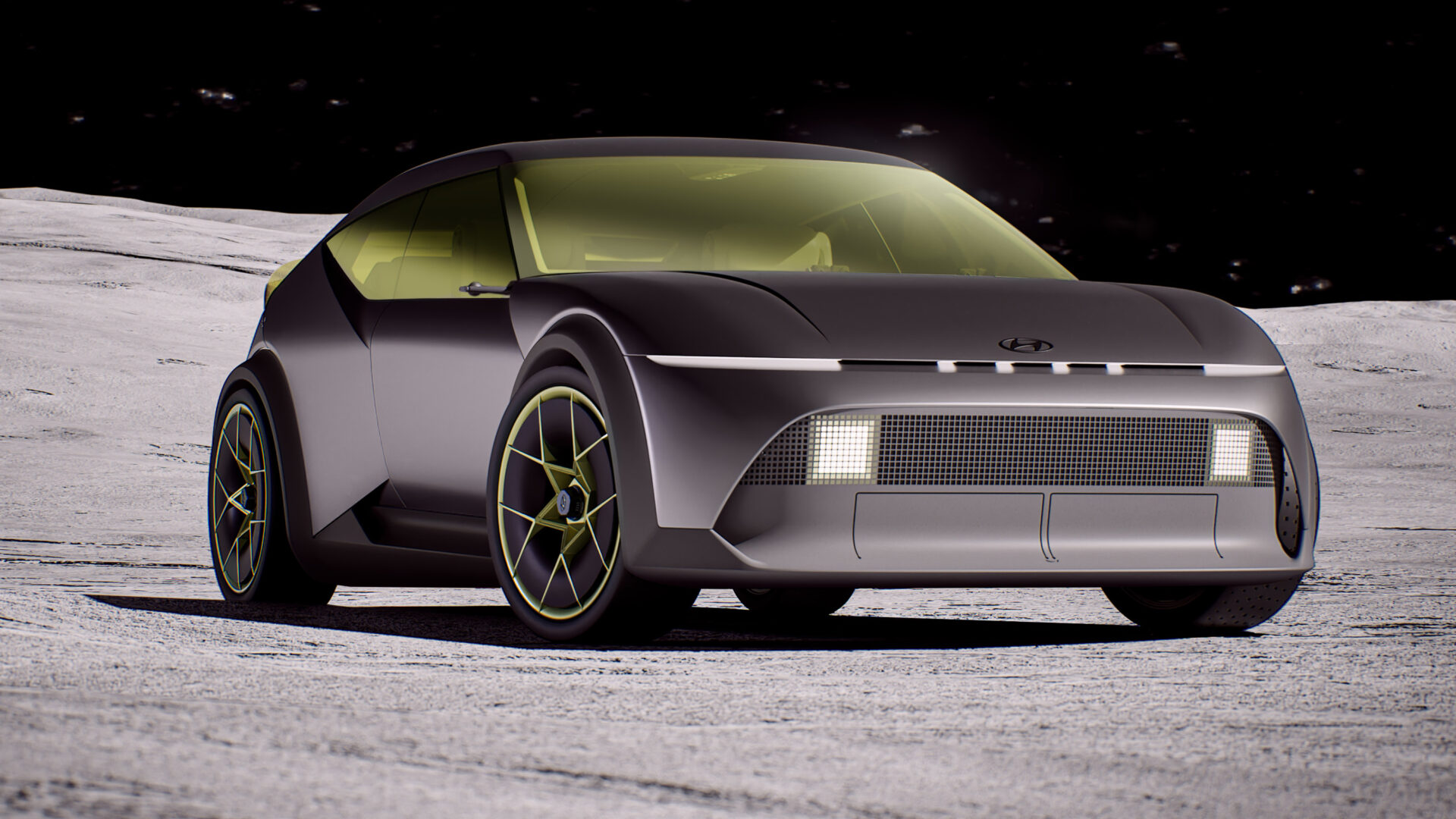The Toyota Hilux finished 2019 at the top of the sales charts – again. That means folks who don’t really need a dual-cab ute are buying one anyway. Why?
That’s not a rhetorical question. If you’re like me, you’re so deep into your late-thirties that you’re actually in your mid-forties. Utes used to be noisy, smelly and hard to get on with – that’s the image from my childhood.
Obviously, that’s all changed and Toyota very kindly indulged me to allow me to answer this question. Kind because they know of my good-humoured disdain for this kind of car and my uncharitable jokes about the Sutherland Shire-based owners.
Look and feel

The Toyota Hilux is many things, but the SR5 is a dual-cab ute with some spangly suburban sass to appeal to cashed-up tradies and mid-life crisis professionals.
As you can see, Toyota has gone the mucho-chromo route, slapping it on the grille, mirror caps and rear bumper. And the big hog-spotting roll bar in the tray. It’s actually not nearly as bad as it could be. Perhaps Toyota designers caught sight of a RAM and thought, “Hmm, that’s a bit much.
There isn’t much to say about the Hilux, really. It’s no show-pony, but that’s okay. Perhaps the only genuinely garish bit is the silver foil TOYOTA lettering on the tailgate.

It’s even less show pony in the cabin. Lots of big switches, hard plastics and the usual afterthought of a hastily fitted touchscreen. The gear shifter looks like an aftermarket unit and feels like it but all of it – all of it – will outlast humanity. Except maybe the touchscreen. I can imagine an over-excited kelpie wiping out, which won’t be a great loss because it’s still running Toyota’s Alibaba-sourced software.
I’m 180cm tall but I still needed the grab handles to haul myself into the Hilux. It’s a long way up and I’ve had to talk a number of young families out of this kind of car because it’s way too tall to be slinging baby capsules in and out of.
The rear seat is not bad if you’re my height and there’s a ton of room behind where I drive and you even get rear vents for the air-conditioning. Plenty of passenger cars don’t give you that.
You get four cupholders and bottle holders in the doors and the centre console has a decent-sized bin for throwing bits and pieces. You can sling your phone under the climate controls.
The 60/40 split fold rear seats seem a bit mad, but there are couple of handy bins underneath.
Cargo Space
Obviously, the load space is massive. The SR5 doesn’t come with the Colorado’s lined tray, so you might want to tick a few boxes at the dealer. And bear in mind that the tailgate is undamped, so watch out for kid’s heads.
In this version, the Hilux will take a payload of 955kg and a towing capacity of 750kg (unbraked) or 3200kg (braked). Of course, you have to take into account the legal 5650kg legal load limit, so if you’re dragging 3200kg, the people and stuff payload drops to 405kg. I mean, that’s still a lot, but make sure you break out the calculator if you’re shifting a lot of gear.
Also, 3200kg is 50 percent more than the weight of the car itself. Are you people mad?
Shut the gate and the load floor measures 1550mm long, 1520mm wide and 1110mm between the wheelarches.
That last figure means it won’t take a standard pallet as I found out the hard way and forgot to photograph. It’s not alone, though, hardly any ute does.
The sports bar gets in the way if you’re using it to carry stuff, too, so crack out the spanners if you want to get rid of it.
How much is a Toyota Hilux SR5 and what do I get?
Toyota HiLux SR5 4×4 auto – $57,240 (plus on-roads)
Your Hilux SR5 arrives with 18-inch alloys, six-speaker stereo, climate control, reversing camera, keyless entry and start, active cruise control, cooled glove box, LED headlights and daytime running lights, sat nav, leather wheel and shifter, power windows and mirrors and a full-size steel spare.
Oh, and a tow bar.
Safety – 5 Star ANCAP (July 2019)
The Hilux does very nicely on the safety front, which is about time. You get seven airbags, ABS, stability and traction controls, reversing camera, forward collision warning, low-speed forward AEB with pedestrian detection, trailer sway control, lane departure warning, lane keep assist and speed sign recognition.
Warranty and Servicing
Five years/unlimited kilometre warranty
Capped-price servicing – 6 months/10,000km
Toyota joined the five year club a bit late, but got there anyway. If you listen to Toyota owners, especially Hilux owners, it’s probably a moot point. Toyotas are pretty good on the reliability/not much to break front.
The service regime is a bit annoying. You have to go in for a 5000km service and then every six months/10,000km. If you’re actually using the Hilux as a work vehicle, that’s a fair bit of faffing around, especially in the first year. You’ll probably be fine, but you’ve been warned.
On the bright side, your services are fairly reasonably-priced at $250 a pop until the fourth service. Which is a thousand bucks for two years servicing. That keeps pace with, say, a Colorado LTZ or Ford Ranger Sport. An Isuzu D-Max is slightly cheaper. Those three cars cost more per service, but you don’t have to go as often.
Drivetrain

Under that high flat bonnet is Toyota’s 1GD-FTV 2.8-litre turbodiesel, grumbling up 130kW at 3400rpm and a meaty 450Nm from 1600-2400rpm. Revvy it isn’t. Nor is it especially advanced, but again, Toyota is big on simplicity.
The power heads out through a six-speed automatic too all four wheels with a rear differential lock when you get out into the rough stuff, along with a low-range transfer case.
The diesel particulate filter (DPF) drama is supposedly a thing of the past with Toyota now fitting a manual burn-off switch.
Fuel Economy
The sticker on the windscreen says the Hilux will drink 8.5L/100km of diesel on the combined cycle. I wasn’t especially sympathetic with the throttle pedal in a smoky Sydney week and still managed 9.7L/100km.
Not bad and with a massive 80-litre tank you can cover a lot of ground in this 2172kg monster.
Chassis

Being a ute, this is kind of important. The front end is held up by the usual struts while the rear is comprised of ultra-tough leaf springs. The Hilux is pretty famous for its load-carrying capability but if you’re thinking of using this as a family car, this is a key consideration.
Leaf springs work best under a crap ton of load. They’re not great for taking the kids to school over bumpy tarmac.
It’s also worth noting that the Hilux is built on a ladder chassis, not a car-style monocoque chassis. Lots of cred, yes. Plush ride quality, er, no.
The SR5 rides on 18-inch alloys that will get scratched to buggery if you go properly bush-bashing. Tyres are 265/60s all round, meaning big balloony tyres that are, yes, not bad off-road. Thank Toyota for the high-profiles, though – if they were any lower you’d be bounced out of the window just backing up your driveway.
Driving

Let’s get the bad stuff out of the way. If there’s nothing in your tray or you don’t have a bunch of hefty lads or lasses on board, the Hilux’s ride is as rugged as its dependability. The thing bounces around all over the shop in a way the Ranger Wildtrak or Nissan Navara (or Mercedes X-Class) does not.
There are reasons those other cars ride better and reasons for the way the Hilux rides. I’m just telling you what I know, it’s not about the relative merits between these different utes.
I hear a lot of people asking which dual-cab ute they should get for their family and I say, “None of them. Why?” and then I get thrown out of the cafe. But I say the same thing about seven-seat SUVs, so I’m not taking aim at utes.
Anyway.
For longer trips when empty, the Hilux would be tiring. Bouncy suspension and slow steering means you’re doing a lot of work hanging on and steering. The engine is super-solid, though, hauling you around in two or wheel drive with a lot less fuss than, say, a D-Max or Colorado.
The six-speed auto is on the job all the time but can occasionally be caught out with a throttle lift. Nothing dramatic.
Having said all of this, there is something about the Hilux other utes don’t have. I couldn’t put my finger on it, but on reflection, it’s the feeling of solidity. I’m not one of those, “Put me high in the sky so I may survey my kingdom” types, so it’s not that. It’s knowing that the car underneath you can do pretty much anything and keep doing it forever.
That’s the Toyota promise and the Hilux delivers.
Redline Recommendation
You’re not going to listen to me about thinking twice before you buy a dual-cab ute for family duties. But if you must, the Hilux is quite compelling. You might want to strap a water tank in the bank to calm down the ride, but in all other respects, the Hilux is great. Tough, well-built and with that towering reputation, it does make sense as to why it’s number one.
Why people buy dual-cab utes to bash around the suburbs when they’re not for work is a different story for another day.




Leave a Reply